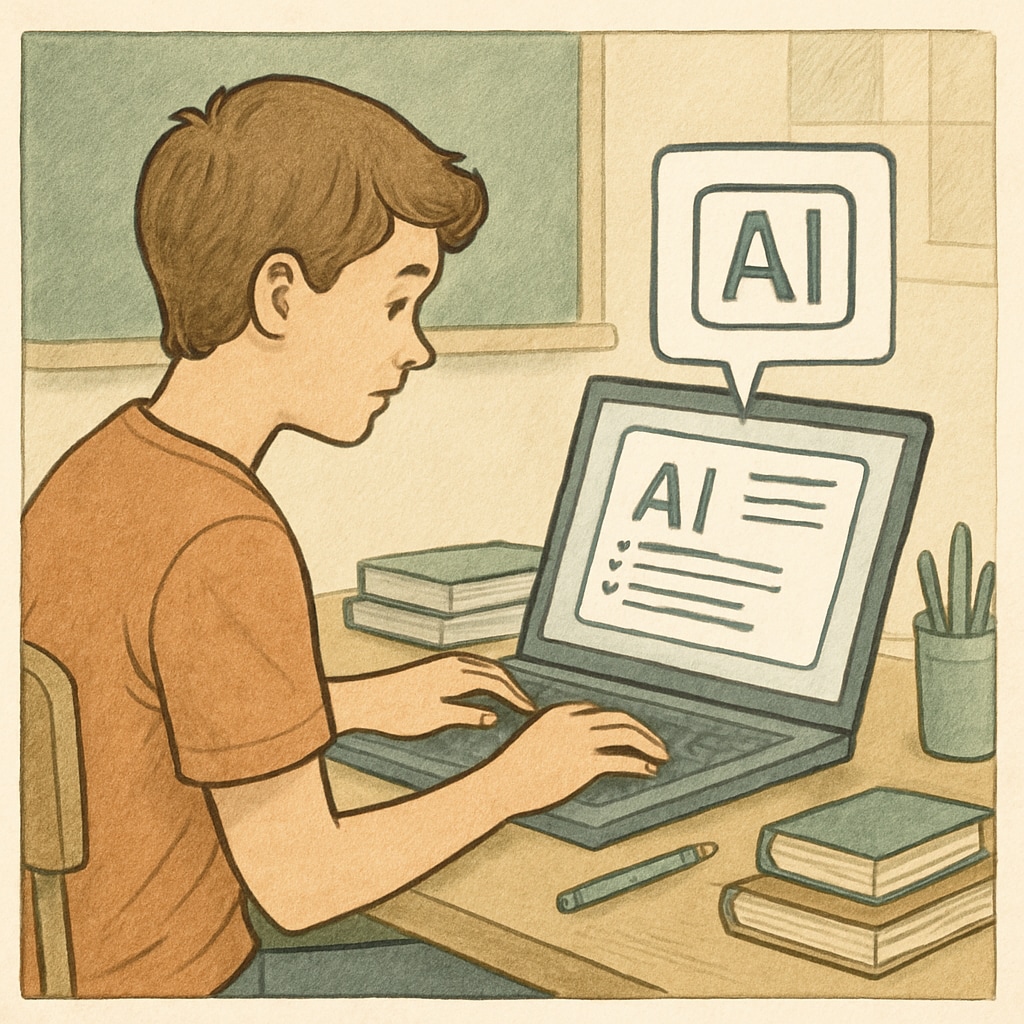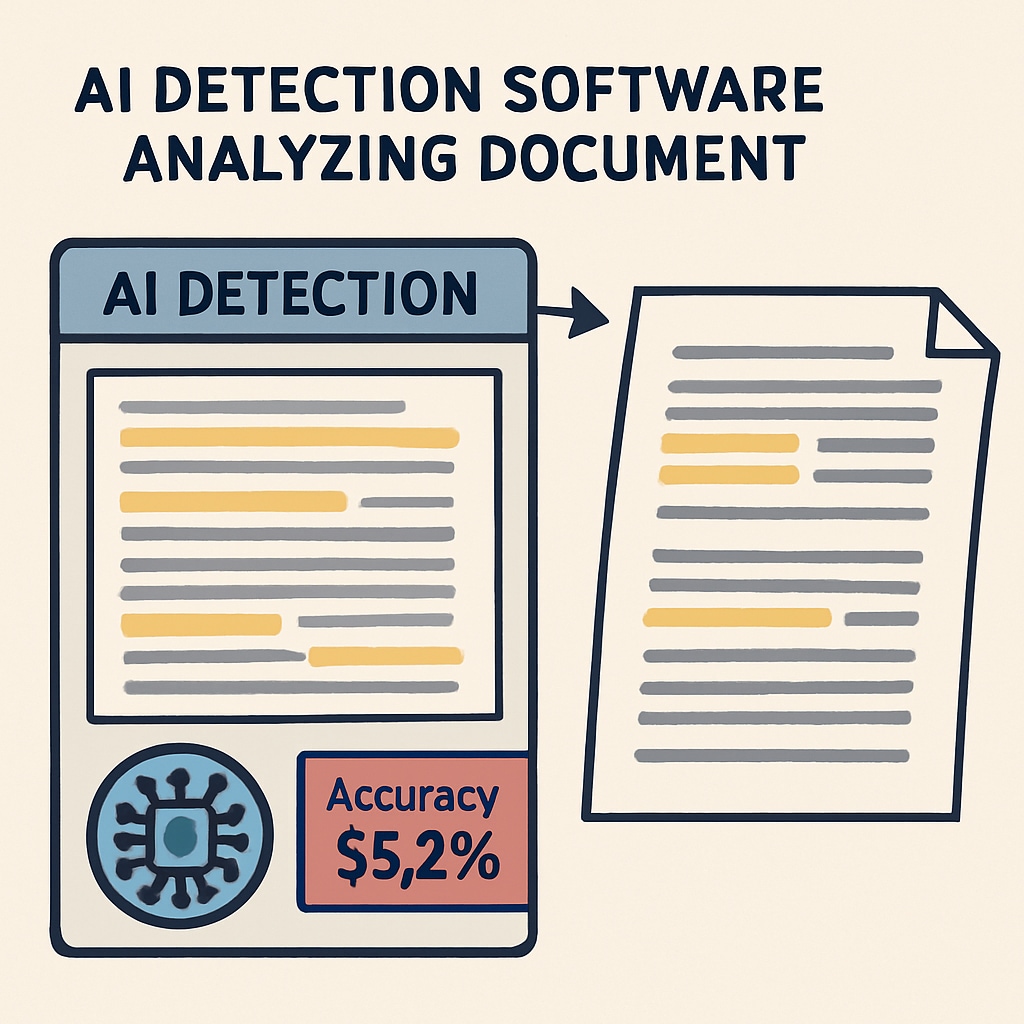The increasing use of AI tools in education has sparked debates around issues such as AI assignments, academic integrity, and detection tools. While these technologies offer students new ways to learn and complete tasks, they also present challenges for educators trying to promote genuine learning and ethical practices. As AI becomes more advanced, K12 schools must navigate the fine line between leveraging innovation and upholding academic honesty.
The Rise of AI in K12 Education
AI tools like ChatGPT, Grammarly, and other generative platforms are rapidly becoming part of students’ daily lives. These tools can help with grammar corrections, generating essays, or even solving complex math problems. While this technology can enhance learning efficiency, it also raises questions about whether students are completing assignments authentically or relying excessively on AI-generated content.
For example, a student using an AI tool to write an essay may bypass the critical thinking and writing process, which are essential skills in education. As a result, there’s growing concern that the misuse of AI could hinder skill development and compromise academic integrity.

Challenges in Detecting AI-Generated Work
The rise of AI assignments has led to a demand for detection tools that can identify AI-generated content. However, current detection technologies have significant limitations. Tools like Turnitin and GPTZero, while effective in some cases, often struggle to distinguish between human-written text and AI-generated text, especially as AI models become more sophisticated.
Moreover, detection tools may flag legitimate student work as AI-generated, leading to false accusations and unnecessary stress for students. This raises ethical concerns about the reliability and fairness of these detection systems.
Some key limitations of detection tools include:
- Accuracy: Many tools cannot consistently identify AI-generated content, especially when students use hybrid methods (e.g., editing AI-generated drafts).
- Scalability: Large-scale implementation in K12 schools can be costly and time-consuming.
- Evolving Technology: AI models are constantly improving, making it harder for detection tools to keep up.

Strategies for Balancing Innovation with Integrity
To address the challenges posed by AI in education, schools need a balanced approach that promotes both technology use and academic honesty. Here are some practical strategies for educators:
- Encourage Transparency: Teach students to disclose when they use AI tools and explain how these tools contributed to their work.
- Focus on Process, Not Just Outcomes: Assess students’ learning processes through drafts, outlines, and class participation, rather than solely evaluating final submissions.
- Integrate AI Literacy: Educate students about the ethical use of AI, emphasizing its role as a supportive tool rather than a substitute for learning.
- Enhance Detection Tools: Collaborate with technology providers to improve the accuracy and fairness of AI detection systems.
In addition, fostering a classroom culture that values integrity can go a long way in mitigating potential misuse of AI tools. By emphasizing the importance of originality and effort, educators can help students understand the ethical implications of their choices.
The Future of AI in K12 Education
As AI continues to evolve, its role in education will undoubtedly expand. While the challenges surrounding AI assignments, academic integrity, and detection tools are significant, they also present opportunities for growth and innovation. By proactively addressing these issues, K12 schools can create an environment where technology and ethics coexist, preparing students for a future where both skills and integrity are equally valued.
Ultimately, the goal is not to eliminate AI from education but to use it responsibly. With the right strategies in place, educators can ensure that AI serves as a tool to enhance learning rather than undermine it.
Readability guidance: This article uses short paragraphs, lists, and clear transitions to ensure readability. The focus remains on practical solutions while maintaining a professional tone.


